Shoulder replacement, also known as Shoulder Arthoplasty, is a surgical procedure to replace damaged parts of the shoulder joint. This procedure is often performed to relieve pain and improve range of movement. This surgery is becoming increasingly common, with advancement in surgical techniques. It is important to maintain shoulder replacement rehabilitation protocol to avoid any damage that is helpful to achieve a desirable outcome.
Shoulder replacement rehabilitation protocol
The shoulder replacement rehabilitation protocol is divided into three phases. Each phase is adherence to exercise and activity guidelines to support joint and function. This protocol focuses on shoulder strength, flexibility and endurance. The Goal of this shoulder replacement rehabilitation protocol is to prevent recurrence of symptoms and promote long term joint healing. Let’s explore each phases
Phase I: Immediate Postoperative Phase (0-6 weeks)
Goals: Control pain and inflammation, protect the surgical site, prevent stiffness, and promote healing.
Activities: Gentle passive range of motion exercises within the pain-free range.
Pendulum exercises to encourage shoulder movement.
Gradual progression to active-assisted range of motion exercises.
Precautions: Avoid excessive force or overstretching of the shoulder muscles and tendons. Use of a sling may be necessary for support and protection.
Phase II: Intermediate Phase (6-12 weeks)
Goals: Restore range of motion, improve strength and endurance, and gradually increase functional activities.
Activities: Active range of motion exercises in all planes.
Strengthening exercises for the rotator cuff and shoulder muscles.
Progression to functional activities such as reaching, lifting, and overhead movements.
Precautions: Gradually increase intensity and resistance of exercises to avoid overloading the shoulder joint. Monitor for signs of pain or discomfort.
Phase III: Advanced Strengthening Phase (12-24 weeks)
Goals: Achieve full range of motion, maximize strength and endurance, and enhance functional capacity.
Activities: Progressive resistance exercises using weights, resistance bands, or pulleys.
Functional training tailored to the patient’s specific needs and activities.
Gradual return to sports or recreational activities as tolerated.
Precautions: Emphasize proper technique and form to prevent injury. Monitor for signs of fatigue or overuse.
Phase IV: Maintenance Phase (24+ weeks)
Goals: Maintain gains achieved during rehabilitation, prevent recurrence of symptoms, and promote long-term joint health.
Activities: Regular participation in a comprehensive exercise program focusing on shoulder strength, flexibility, and endurance.
Continued monitoring of symptoms and functional status.
Education on lifestyle modifications and injury prevention strategies.
Precautions: Encourage ongoing adherence to exercise and activity guidelines to support joint health and function.
To understand these shoulder replacement rehabilitation protocol enroll to our advance shoulder rehabilitation protocol cpd webinar. Our expert clinical physiotherapy team discussed۔
Key Component of Shoulder Rehabilitation
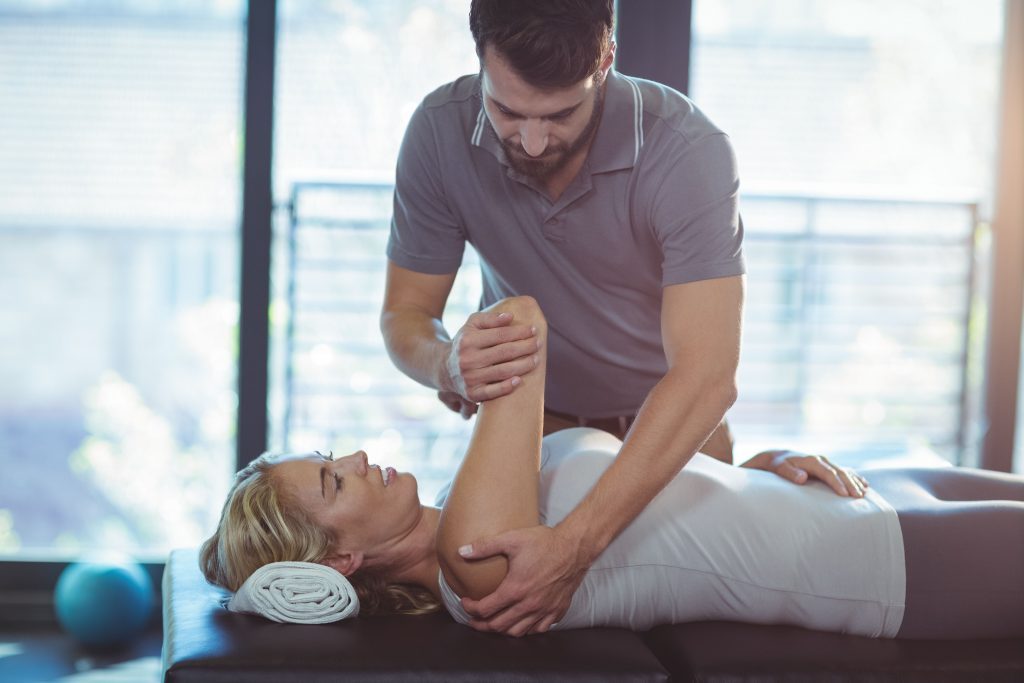
The key component of rehabilitation for shoulder are as follow;
Pain Management: Manage Postoperative pain is very important for early rehabilitation. A physiotherapist should use advanced techniques to manage shoulder pain. Explore our CPD course about pain management techniques.
Early Mobilization: For proper healing early mobilization is also vital to prevent stiffness and promote circulation. Prolon rest can cause many health issues that should be avoided by early mobilization.Prolong rest results in conditions such as contracture, muscle atrophy, joint stiffness , edema A physiotherapist must have knowledge to avoid these conditions.
Flexibility and stretching: A physiotherapist should maintain and improve overall joint flexibility and stretch the surrounding muscle for restoring full range of motion and prevent stiffness.
Conclusion
Recovery from shoulder replacement surgery requires special care and shoulder rehabilitation protocol to follow. To understand shoulder rehabilitation protocol for all shoulder conditions explore our advanced therapeutic guide and become expert with our CPD course for shoulder. Through these guidelines you can gain therapeutic desired outcomes. Always remember to take proactive steps towards shoulder condition. Learn proper mechanics and techniques to prevent re-injury and maintain shoulder joints for the long term. Always emphasizes on further strengthening and increasing endurance and transition back to normal activities.
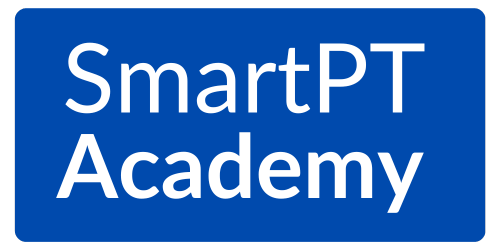
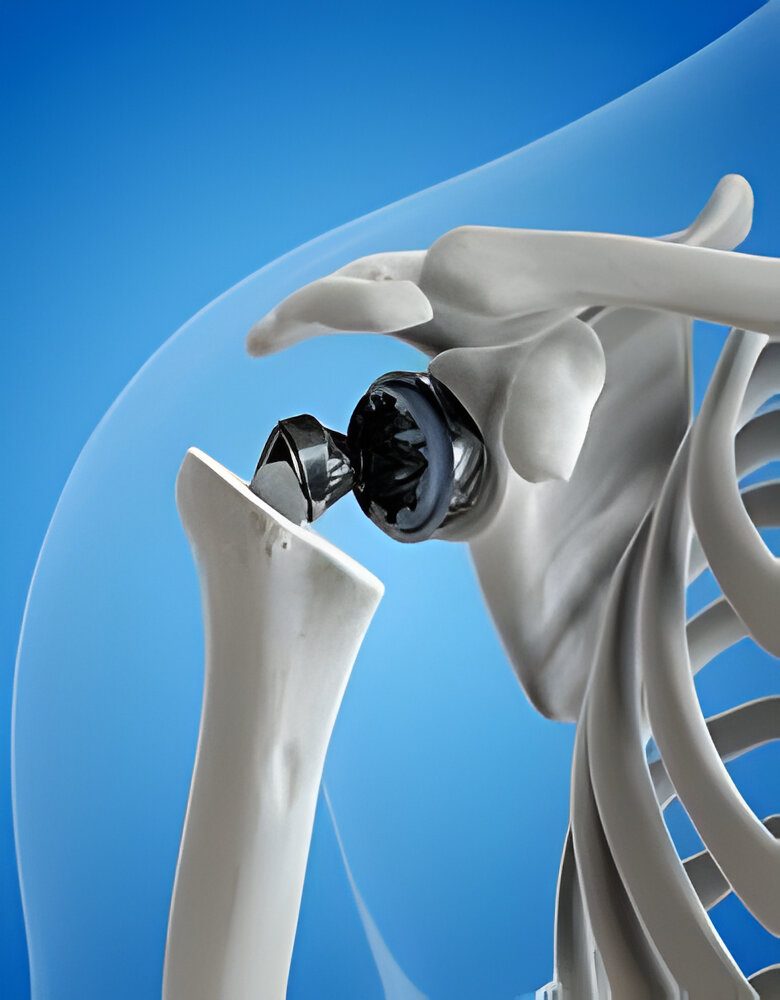
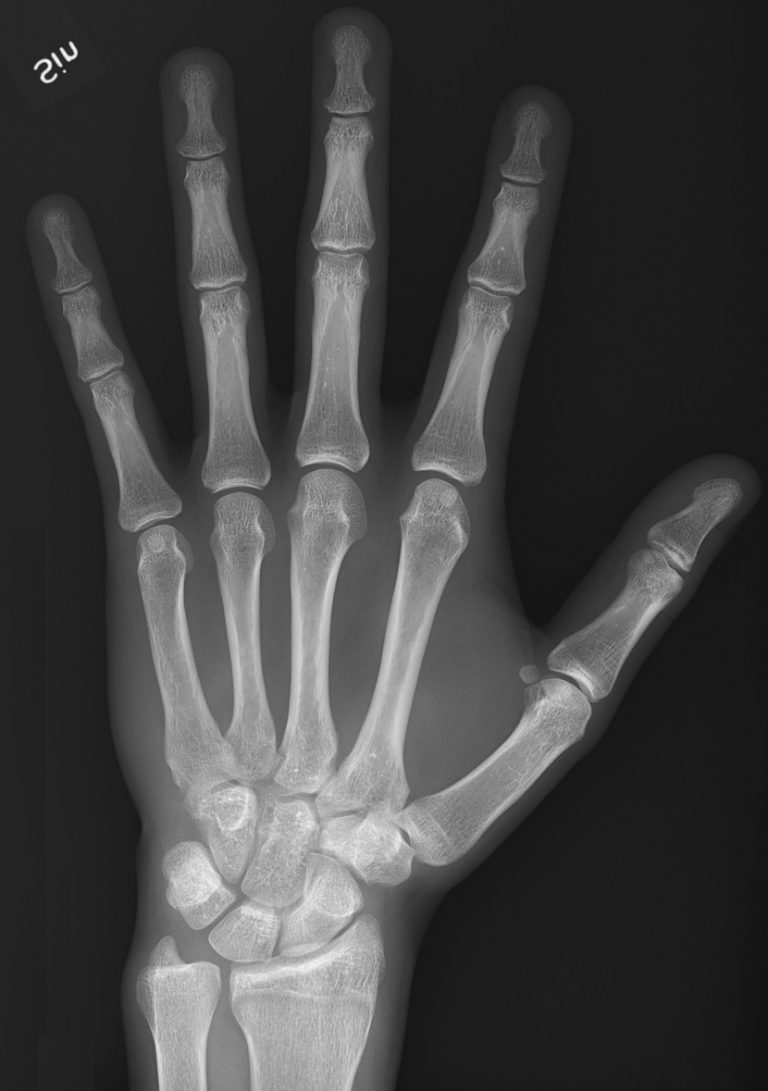
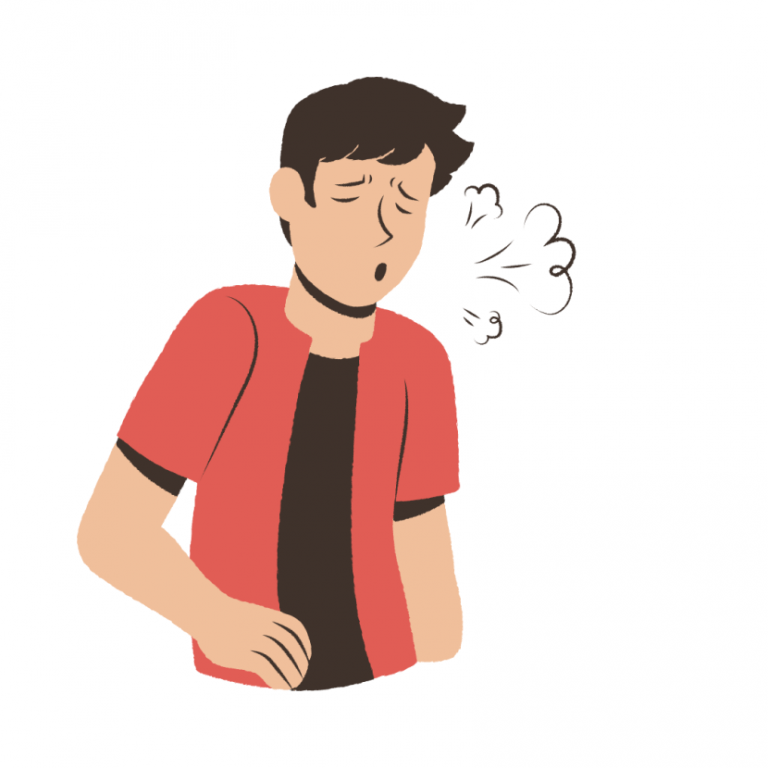
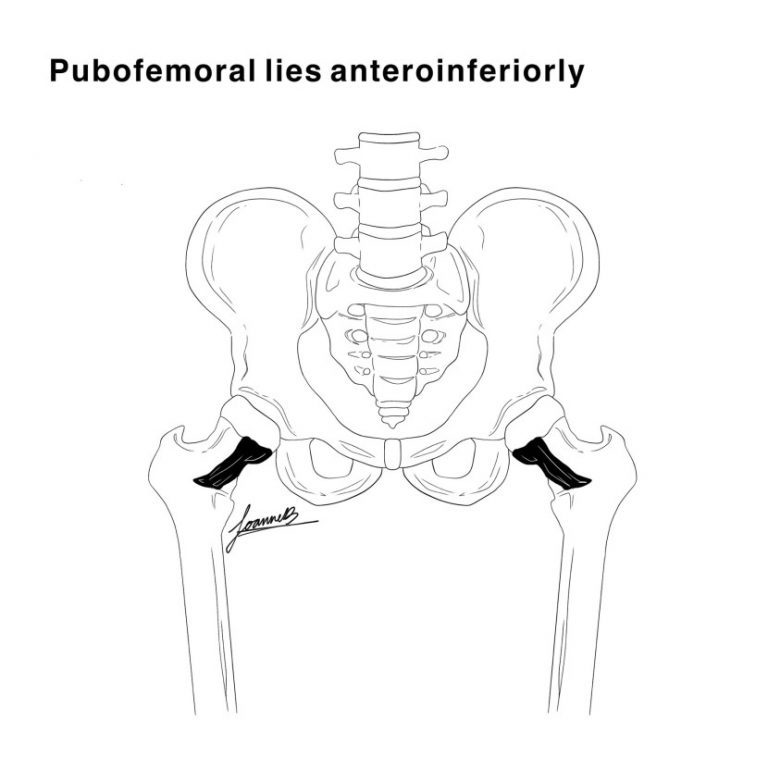
Very interesting subject, appreciate it for putting up.Raise range